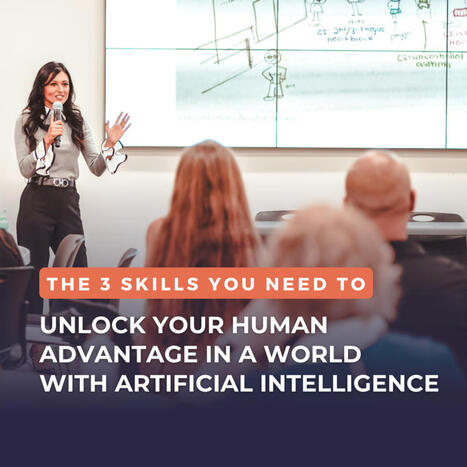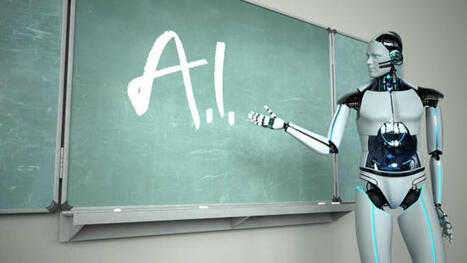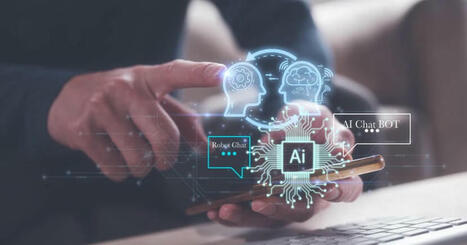EDUCAUSE is helping institutional leaders, IT professionals, and other staff address their pressing challenges by sharing existing data and gathering new data from the higher education community. This report is based on an EDUCAUSE QuickPoll. QuickPolls enable us to rapidly gather, analyze, and share input from our community about specific emerging topics.
Follow, research and publish the best content
Get Started for FREE
Sign up with Facebook Sign up with X
I don't have a Facebook or a X account
Already have an account: Login

New Learning Ecologies, Instructional Design, EdTech, eLearning, mLearning & more...
Curated by
Edumorfosis
 Your new post is loading... Your new post is loading...
 Your new post is loading... Your new post is loading...
|

Ricardo_FM's curator insight,
September 12, 7:12 AM
"Lo urgente y necesario es articular medidas educativas desde distintos ángulos, sectores e instituciones ante los problemas complejos y preocupantes que genera, en ocasiones, la sobreutilización y abuso de las tecnologías en la infancia y la juventud"
|











![[PDF] Cómo transformar la Universidad y adecuarla al Siglo XXI | Edumorfosis.it | Scoop.it](https://img.scoop.it/uVKmbYzmr57vowwQh_5K2Tl72eJkfbmt4t8yenImKBVvK0kTmF0xjctABnaLJIm9)
![[JUTPL] Higher Education’s Generative Artificial Intelligence paradox: The meaning of chatbot mania | Edumorfosis.it | Scoop.it](https://img.scoop.it/t6U7mKtvIUegWkjeImqeXzl72eJkfbmt4t8yenImKBVvK0kTmF0xjctABnaLJIm9)







![[PDF] AI competency framework for teachers | Edumorfosis.it | Scoop.it](https://img.scoop.it/HYrrNfm9HNwBLZWjnyW_3zl72eJkfbmt4t8yenImKBVvK0kTmF0xjctABnaLJIm9)


![[eBook] Didáctica y tecnología: Encrucijadas, debates y desafíos | Edumorfosis.it | Scoop.it](https://img.scoop.it/eOqITq2K574_To98xsGFzTl72eJkfbmt4t8yenImKBVvK0kTmF0xjctABnaLJIm9)
![[JUTPL] Enhancing student engagement through Artificial Intelligence (AI): Understanding the basics, opportunities, and challenges | Edumorfosis.it | Scoop.it](https://img.scoop.it/-kw9NcE2kg-GOHZtVPqYbDl72eJkfbmt4t8yenImKBVvK0kTmF0xjctABnaLJIm9)






